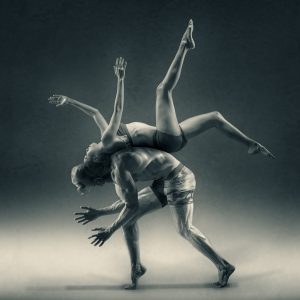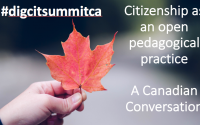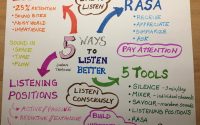9x9x25 #5: Flexible and Organized
 This past week has been been a challenging one. At times I didn’t know if I was up or down.
This past week has been been a challenging one. At times I didn’t know if I was up or down.
These two words FLEXIBLE and ORGANIZED are ringing true for my work as an educator, and for my students in their work as learners and teachers. These two concepts really go together well in teaching and learning. I’m happy Shauna Burnie has juxtaposed these two elements of teaching in this back to back weekly reflection on the #LakeEDvoices podcasts she’s creating.
In order to be flexible in your teaching, you need to be organized. In order to be organized, you need to examine all the elements you want to cover. In order to be flexible in their delivery, since student interests and student learning will determine what you teach, you need to have organized basic and extended elements into ways you can readily pull them into the learning events. I see these two in a reciprocal dance throughout each teaching/learning event, be they in face-to-face settings or in online learning environments. You may be extremely organized, with all the readings lined up, web links checked, activities worked out, but without flexibility, the whole thing can fall flat if students don’t become fully engaged. You may be able to flexibly shift your lesson in new directions based on student interests and aptitudes, but if you’re not organized, those shifts can lead to disasters resulting in student frustration and confusion.
My teaching, both face to face and online, is organized on a course web site. See the Media and Digital Literacy MDL4000 and Critical Digital Literacy sites I’m currently using to organize my teaching. Each learning event or lesson is laid out on it’s own page on the site. The naming protocol for the sequence of lessons usually follows a 1.1, 1.2, 2.1, 2.2, 3.1, 3.2 structure or Week 1, Week 2 format. For the assignments, I use an A1 and A2 format. If there are parts within the assignment, as there often are since I build into the assignments some form of feedback structure, then I’ll use A2.1, A2.2 naming protocol. In this way students can submit and I can evaluate/return assignments easily.
Since MDL4000 – Media and Digital Literacy is a full year course, I’ve organized the site to include lessons for both terms. I further organize based on scaffolding skills across the two terms. For example, in the first term we examine visual literacy, take photographs from a variety of perspectives, and analyze images for salient features and bias. In the second term we go further into image deconstruction and then apply visual literacies in the creative construction of images that are used in the digital storytelling production assignment. Being organized means there is a scaffolding towards independence. This will look very different depending on the subject matter, student age & stage of learning, and safety/security considerations.
Once these sites are organized, I can flexibly add new content to the site as it becomes available or when I find new and interesting connections. I can shift the teaching to focus on one specific area that students may find more interesting. It’s a responsive form of teaching when there are multiple layers of depth within the topics you’re covering.
This is just one way to engage in the reciprocity between flexibility and organization.
How do you manage this dance between organization and flexibilty?
Is it a two step or a flamenco? Is it a waltz or a tango?
- two step: “has a gliding, continuous, strong, and powerful quality of movement with a big sweeping feeling. It is technical and precise.”
- flamenco: “the freedom and pride of the posture, flirtatious movements, the richness of bodily expression, sensitivity and profoundness of the movements.”
- waltz: “smooth dance that travels around the line of dance, characterized by its “rise and fall” action, includes a step, slide, and step in 3/4 time.”
- tango: “uses body dissociation for the leading, walking with firm ground contact, and a permanent combination of on- and off-beat rhythm. Its main characteristics are its musicality and playfulness. Its rhythm is described as “incisive, exciting, provocative”.”
I’d describe mine as a two step with tango moments! How about you?
Stay organized with other 9x9x25 bloggers – Syndication Collection location. Stay connected to my fellow Lakehead bloggers Shauna Burnie (Flexibility is key) and Steven Secord.
Image Attribution: Photo by Robert Collins on Unsplash


